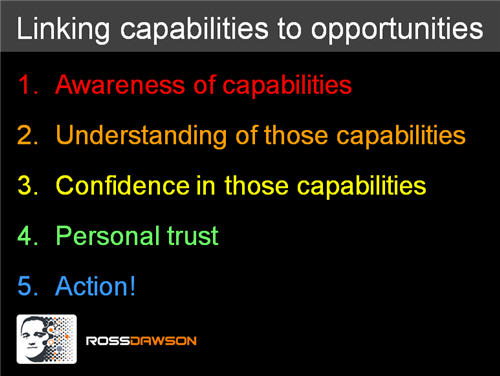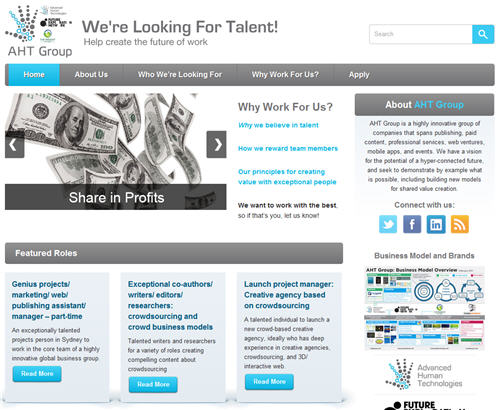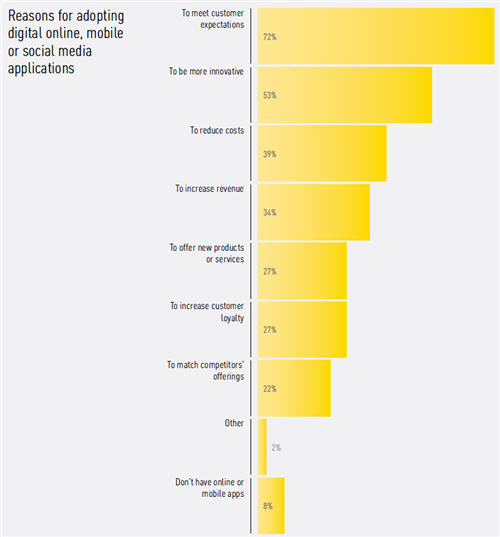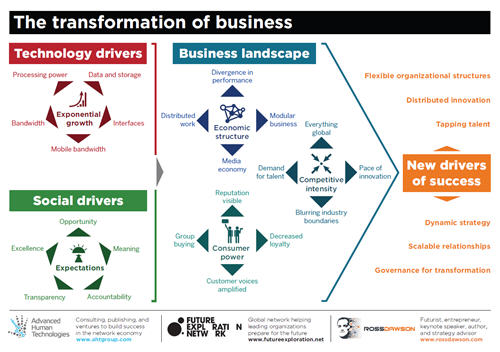Why conversational skills are needed to create a high-performance, engaged, networked organization
I have been frustrated recently in having been too busy to blog about all but a handful of the insights generated in my many client engagements over the last months. Fortunately things are close to easing up into the end of the year so I’ll try to cover a bit of the backlog.
This afternoon was the last of 3 Round Table discussions I moderated as part of the 21st anniversary celebrations of the Graduate School of Business of the University of New England. This session’s topic was the art of conversation.
It was a rich discussion, and there was much to take from it. I was interested in the skills we identified that are clearly vitally important to successful organizations, yet often significantly underdeveloped.
Conversation is vital for today’s organizations for many reasons, including:
– Customer engagement. We now all understand that markets are conversations, and organizations must have great ability to build real conversations with their customers in a world of social media.
Read more →





